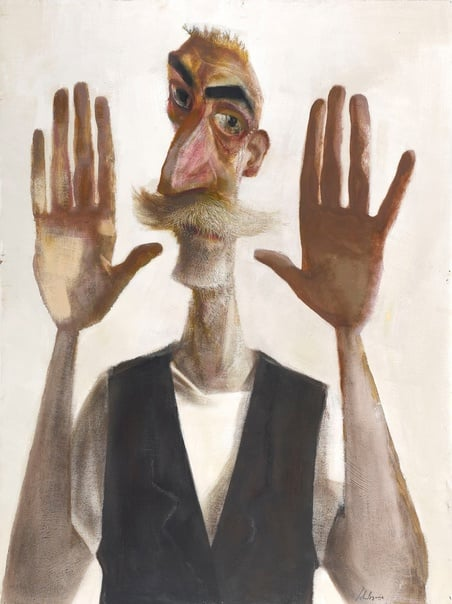The genetic sequence he unveiled is the oldest high-quality human genome yet—80,000 years older than the previous record holder: a Neanderthal that lived about 120,000 years ago.
The new results come after more than a decade of effort to find fossilized bones and a second genome of a Denisovan, the mysterious archaic human discovered through its DNA 14 years ago.
That first Denisovan genome came from a girl’s pinkie finger bone dated between 60,000 to 80,000 years ago. The genomes of both Denisovans and the ancient Neanderthal all came from the same cold, fossil-rich site: Denisova Cave in the Altai Mountains of Siberia.
Denisovans are primarily known from their DNA. Researchers have the genome of the girl, as well as bits of nuclear and mitochondrial DNA from fragmentary fossils—teeth, a toe bone—of seven additional individuals, all also from Denisova Cave.
Scientists have also identified some Denisovan DNA in living humans, including in Papuans and Han Chinese people, acquired from past interbreeding.
DNA in sediments showed that Denisovans were first in the cave 300,000 years ago, and later lived in a cave on the Tibetan Plateau.
The scanty fossils reveal this archaic human had larger molars than did the Neanderthals and a robust lower face, known from a jawbone in China. But no one really knows what Denisovans looked like.


Denisovan Park